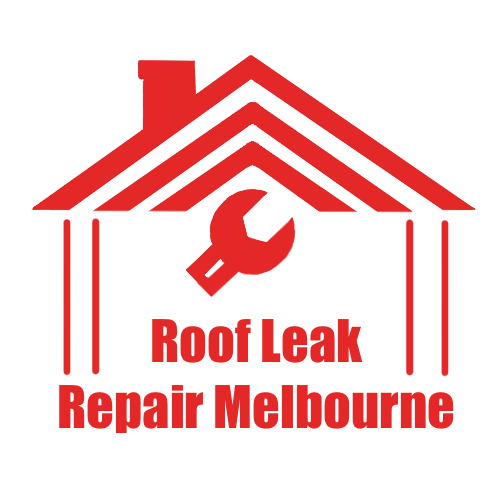A roof soffit is the finish material installed on the underside of a roof overhang. It serves both an aesthetic and functional purpose, particularly in ensuring proper attic ventilation. Soffits aid in preventing moisture buildup, which can lead to significant structural issues. Various materials such as vinyl, wood, and aluminium are common choices for soffits, each presenting unique characteristics. Understanding their roles and maintenance needs is essential for homeowners. However, many overlook vital details that can impact performance.
Highlights
- A roof soffit is a finished material covering the underside of a roof overhang, enhancing the home’s exterior appearance.
- Soffits play a crucial role in attic ventilation, preventing moisture buildup and reducing mould and rot risks.
- Common materials for soffits include wood, vinyl, fibre cement, and aluminium, each offering different benefits and maintenance needs.
- Proper ventilation from soffits regulates attic temperature and humidity, lowering energy costs and prolonging roofing lifespan.
- Regular maintenance and inspections of soffits are essential to detect issues like peeling paint, mildew, and pest infiltration.
Definition of a Roof Soffit
A roof soffit is an essential architectural component that refers to the finished material covering the underside of a roof overhang. It enhances the homes’ exterior with a polished appearance while serving critical functions related to attic ventilation.
Properly installed soffits allow air to circulate, thereby preventing moisture buildup, which can lead to mold and rot. Common materials for roof soffits include wood, vinyl, and fibre cement, each offering varying durability and maintenance needs.
Additionally, effective soffit installation contributes to energy efficiency by regulating attic temperatures, which can ultimately reduce energy costs for homeowners.
Functions and Benefits of Soffits
While many homeowners may overlook soffits, their functions and benefits are vital for maintaining a healthy and efficient home.
Soffits facilitate attic ventilation, which is important for preventing moisture accumulation and reducing mold growth. They also shield the roof structure from moisture damage, enhancing durability and longevity.
Key benefits include:
- Improved Air Flow: They promote ventilation, assisting in temperature regulation for energy efficiency.
- Protection: Soffits guard against rot by covering rafters and fascia.
- Aesthetic Appeal: Properly designed soffits elevate curb appeal, contributing to a polished home exterior.
Common Materials for Roof Soffits
Soffits play an important role in the overall structure of a roof, and the choice of materials greatly impacts their functionality and longevity.
Common materials include wood, vinyl, fibre cement, and aluminium, each offering distinct advantages.
Wood provides a traditional aesthetic but demands regular maintenance due to susceptibility to moisture, rot, and insect damage.
Vinyl, being low-maintenance and moisture-resistant, may face discolouration.
Fibre cement is highly durable, low maintenance, and available in various colours, making it a favourable long-term investment.
Aluminium soffits are lightweight and corrosion-resistant, ensuring durability, though they may come at a higher cost compared to other materials.
Importance of Proper Ventilation
Proper ventilation is essential for maintaining the overall health of an attic and the longevity of roofing materials. Adequate soffit ventilation regulates temperature and humidity, preventing moisture issues such as mould growth and protecting structural integrity.
Key benefits include:
- Reduced Energy Costs: Lowers air conditioning workload, potentially cutting expenses by up to 20%.
- Ice Dam Prevention: Maintains consistent roof temperatures, reducing the risk of melting snow refreezing.
- Prolonged Roofing Lifespan: Minimizes damage from humidity-related concerns, thereby extending the life of roofing materials.
Maintenance and Inspection Tips for Soffits
Regular maintenance and inspection of soffits is essential for ensuring their functional and aesthetic integrity.
- Annual inspections should identify signs of peeling paint, material separation, and mildew. Additionally, clearing debris from roofs and gutters prevents water buildup that can damage soffits and lead to rot.
- For vented soffits, use compressed air for cleaning, while non-vented soffits should be washed with a mild detergent solution.
- Inspect for pest infiltration by checking for droppings or nests, indicating potential repair or replacement needs.
Documenting any signs of damage during inspections allows for effective tracking and prioritization of maintenance actions.
Frequently Asked Questions
What Is a Soffit Called in Australia?
In Australia, soffits are commonly termed “eave linings.” Understanding soffit terminology in Australia includes installation tips, materials guides, ventilation importance, maintenance advice, design options, colour choices, replacement costs, guttering integration, and lighting solutions.
What Does a Roof Soffit Look Like?
A roof soffit typically features diverse soffit designs, constructed from various soffit materials. It showcases numerous soffit colours and styles, emphasizing soffit ventilation and insulation while requiring routine maintenance and occasional repairs for peak soffit lighting efficiency.
What Is the Purpose of a Soffit?
The purpose of a soffit encompasses soffit ventilation, and aesthetic enhancement through various soffit designs, sizes, and colours, along with providing structural benefits by aiding in moisture control, pest deterrence, and facilitating essential soffit maintenance and repairs.
What Is the Difference Between a Roof Fascia and a Soffit?
The fascia primarily provides structural support and aesthetic appeal, utilizing various fascia materials, while the soffit, with diverse soffit types, enhances ventilation, pest prevention, and water damage mitigation, requiring distinct maintenance tips and installation techniques.
